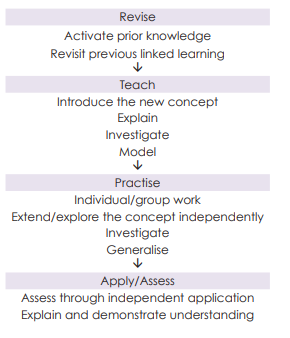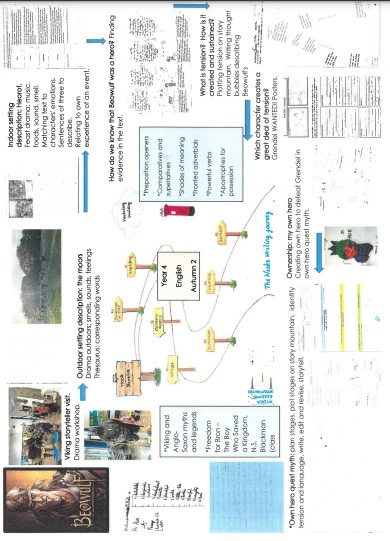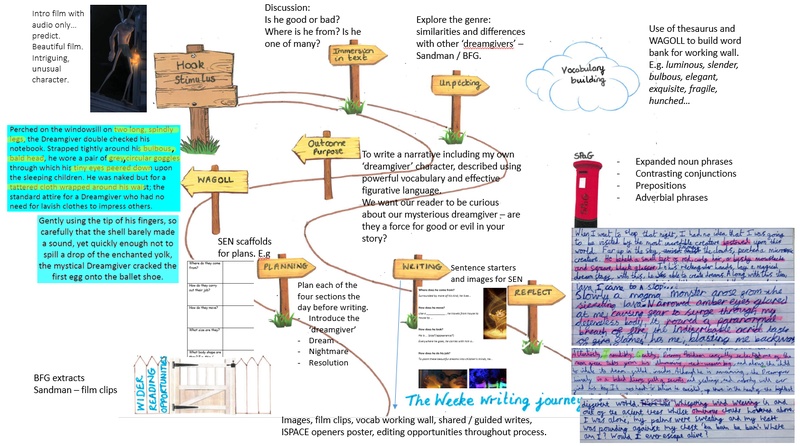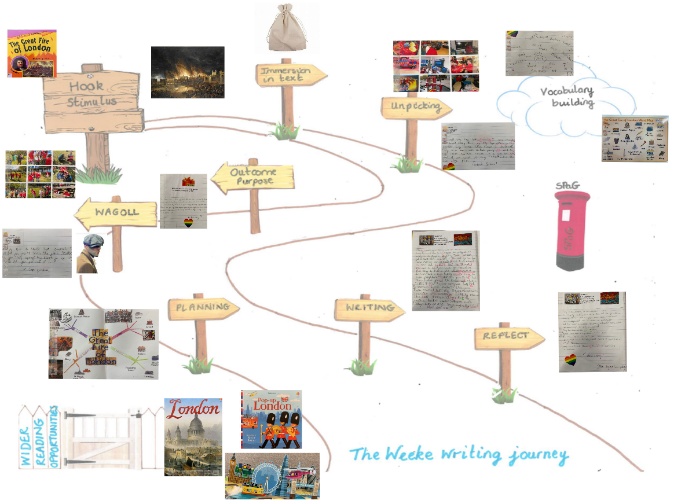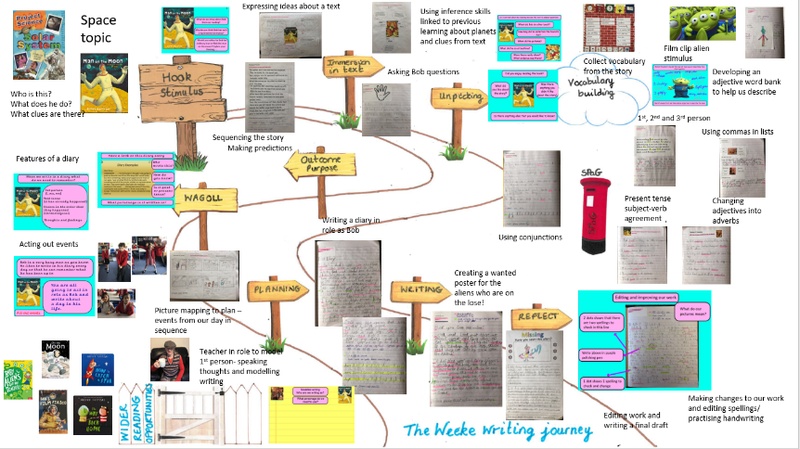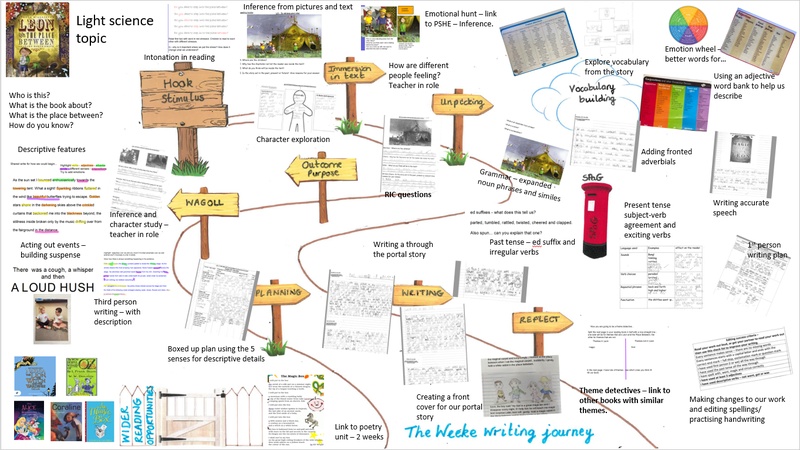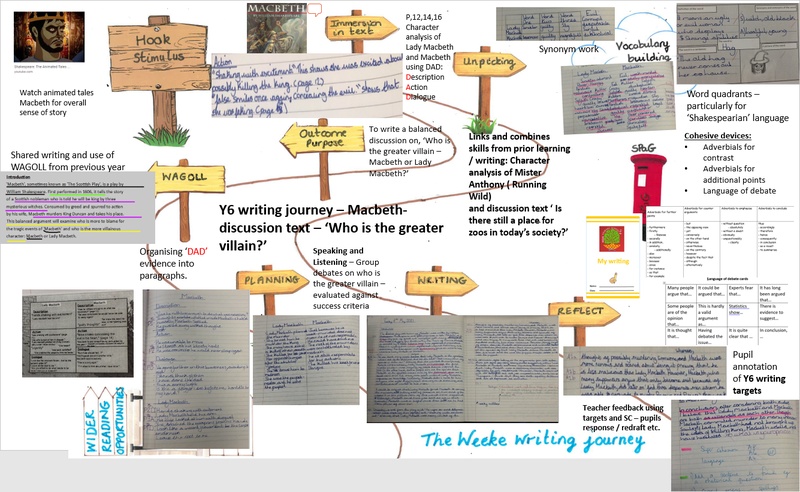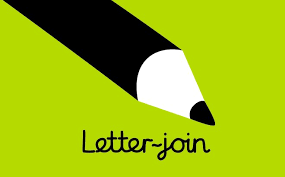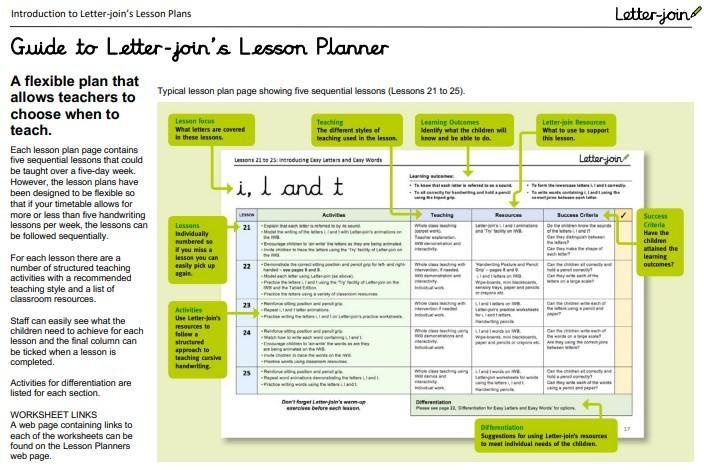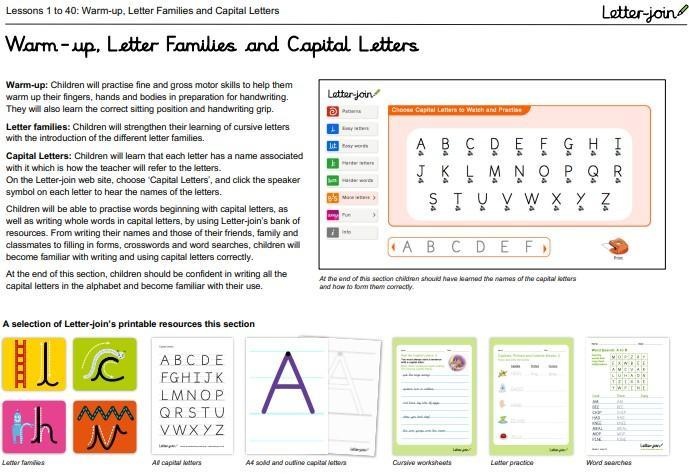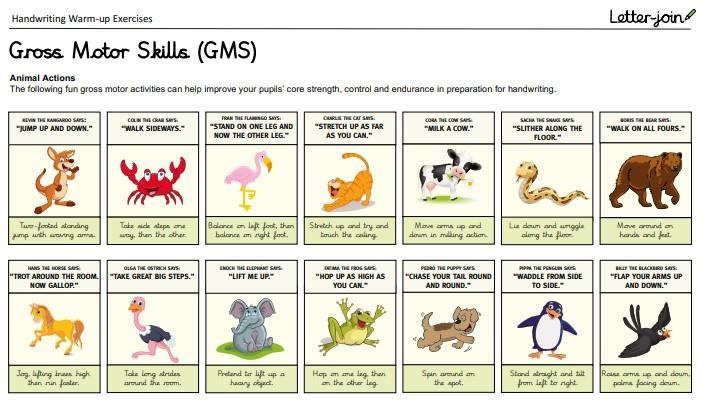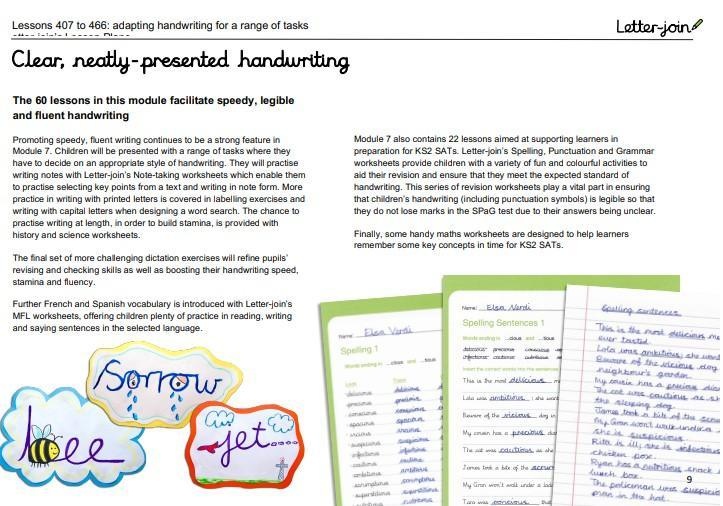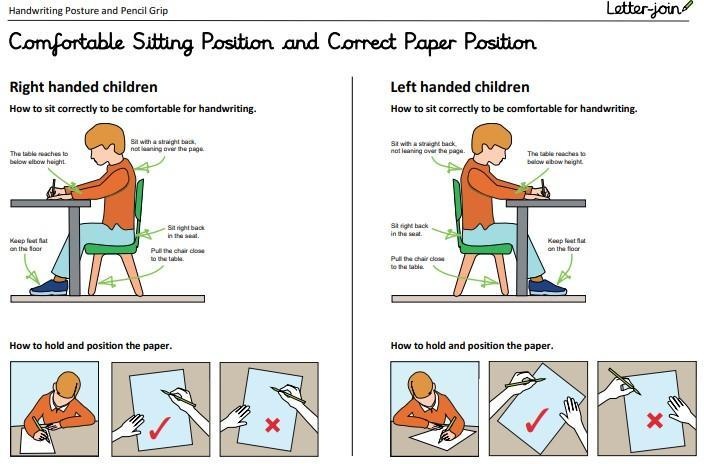Writing & Spelling
Writing Implementation
Our English blueprint enables us to have a flexible approach to our teaching where over a journey there is a balance of reading and writing. Grammar is both discreetly taught and taught within an English journey according to our progression of skills. A wide range of writing opportunities are born out of our immersion into a text. Modelling, including WAGOLLS (What A Good One Looks Like), shared writing, pupil talk, editing and improving are all key features of the writing process at Weeke. From Year 1 upwards this main body of English teaching takes place, usually daily, for approximately an hour.
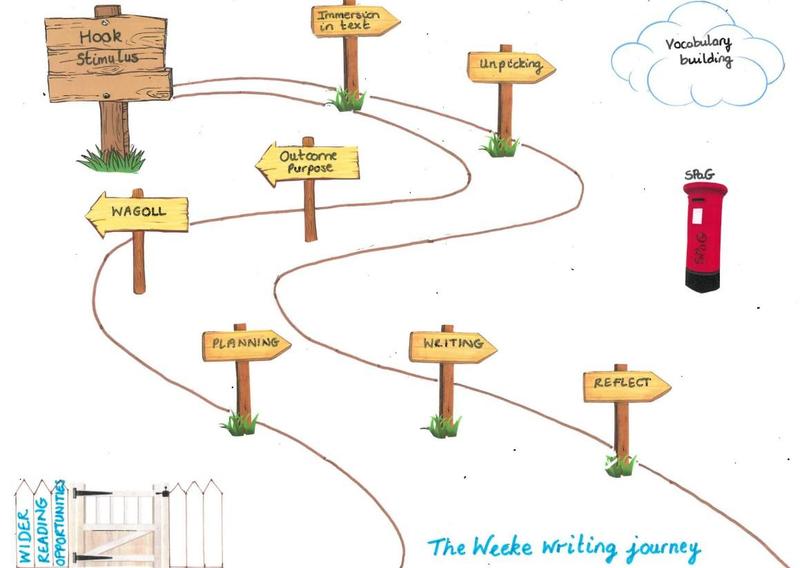
Writing Journey Examples
Writing Progression at Weeke
Physical Development & Handwriting
Presentation and handwriting are valued at Weeke. We teach using a recognised scheme for young children and Primary age. The scheme was introduced in September 2023 after a research project carried out by senior leaders and English subject leaders. Our whole school approach is Letter-Join
Letter Join is a progressive well planned and structured handwriting approach which enables children to develop the physical stamina and strength alongside the consistent development of letter formation.
As part of the handwriting process pupils are supported in developing strength, co-ordination and posture to support their fine motor development and to help develop stamina.
From Early Years through to Year 6 handwriting is taught discreetly at least 3 times a week. Alongside this we also offer Letter Join Key Stage 2 Recovery Programme.
To find out more browse the links below and the graphics to see how Letter Join is helping our children to write successfully.
https://www.letterjoin.co.uk/features.html
https://www.letterjoin.co.uk/key-stages.html
We are using Letter Join
Helping my child with Handwriting
There are many ways we can support our child in developing good letter formation. The key focus is to make it different, fun and creative. Use the guide and the following links to get involved in your child's development in Handwriting.
Spelling - Implementation
At Weeke we have chosen to use the Little Wandle Spelling programme, which has been designed to provide a seamless link from Little Wandle Letters and Sounds Revised to learning spelling in Year 2 by building on the children’s knowledge of the alphabetic code and teaching them how to spell with confidence. The programme begins by reviewing Phase 5 (5 weeks) to ensure all children have secured that part of the alphabetic code. Children then learn foundational spelling concepts in the Bridge to Spelling (5 weeks) that they will apply in the Spelling units (20 weeks). Each 25-30 minute lesson closely mirrors the structure and resources from the core programme.
We use the No Nonsense Spelling programme to teach spelling from Year 3 through to Year 6. No Nonsense Spelling is a comprehensive yet accessible progression in the teaching of spelling. Guidance, rather than prescription, is provided on how to teach the strategies, knowledge and skills pupils need to learn. The focus of the programme is on the teaching of spelling, which embraces knowledge of spelling conventions – patterns and rules; but integral to the teaching is the opportunity to promote the learning of spellings, including statutory words and common exceptions. A typical teaching sequence follows the revise, teach, practise and apply cycle. From Year 3 to Year 6 spelling is taught on average 3 times a week for 20 minutes as a discreet lesson.
